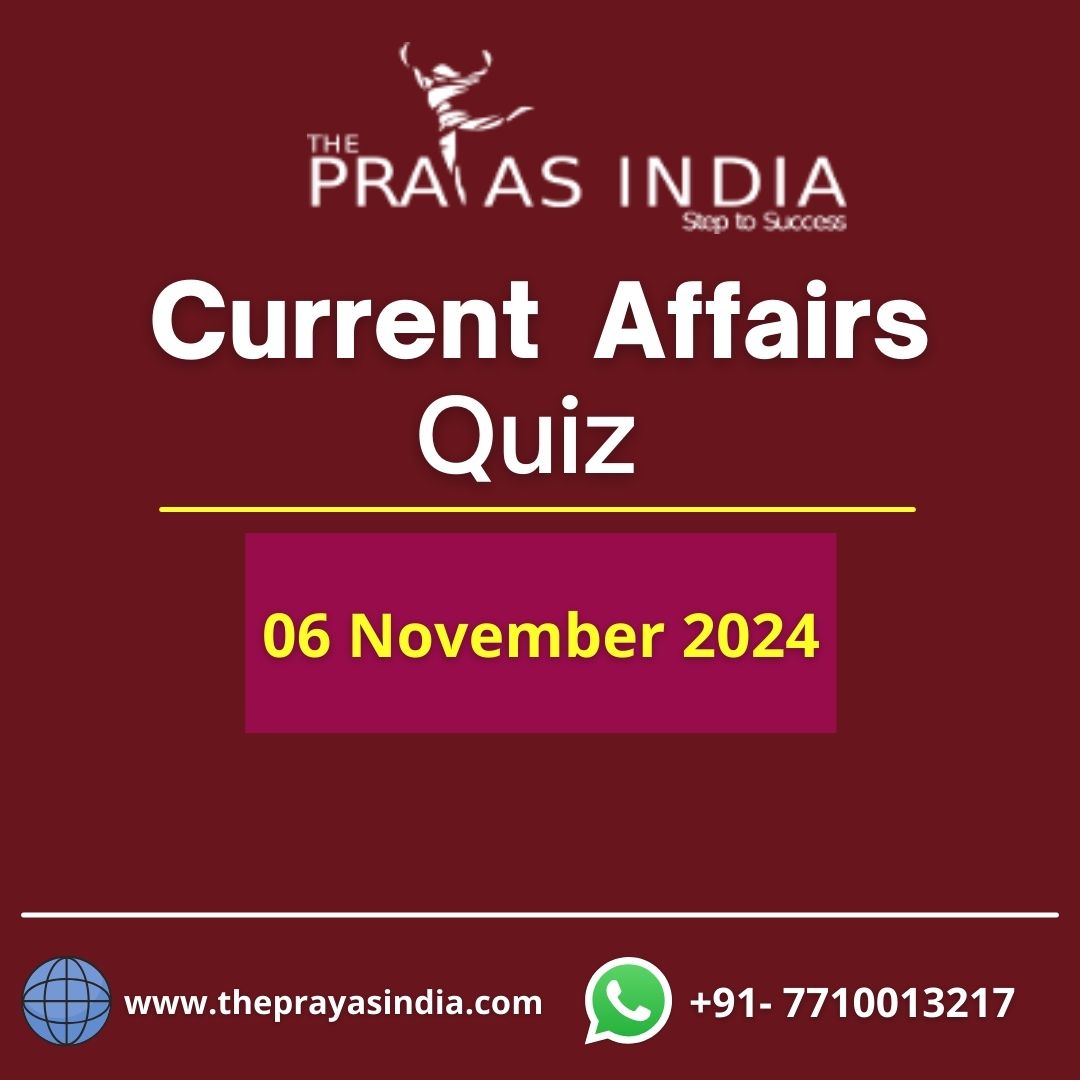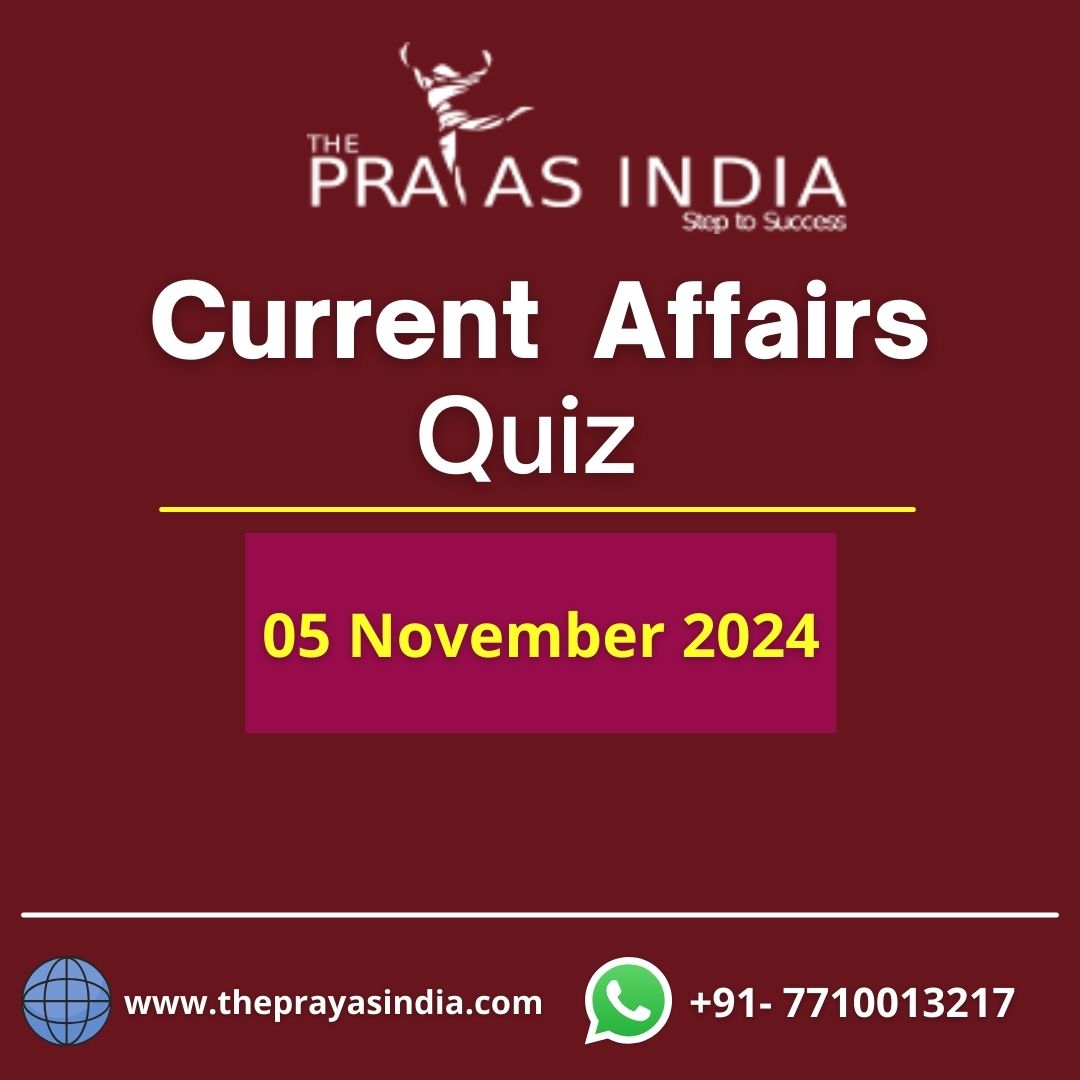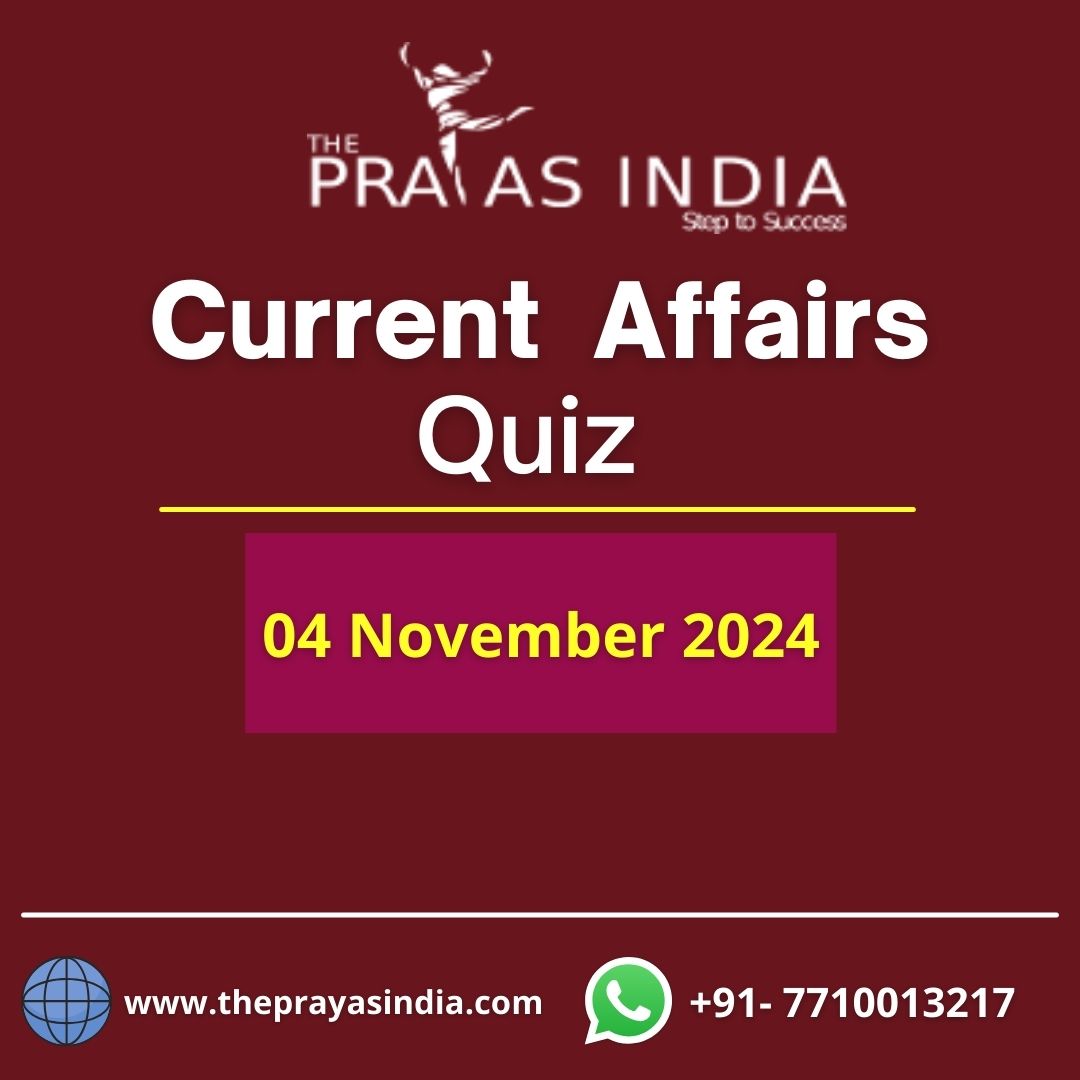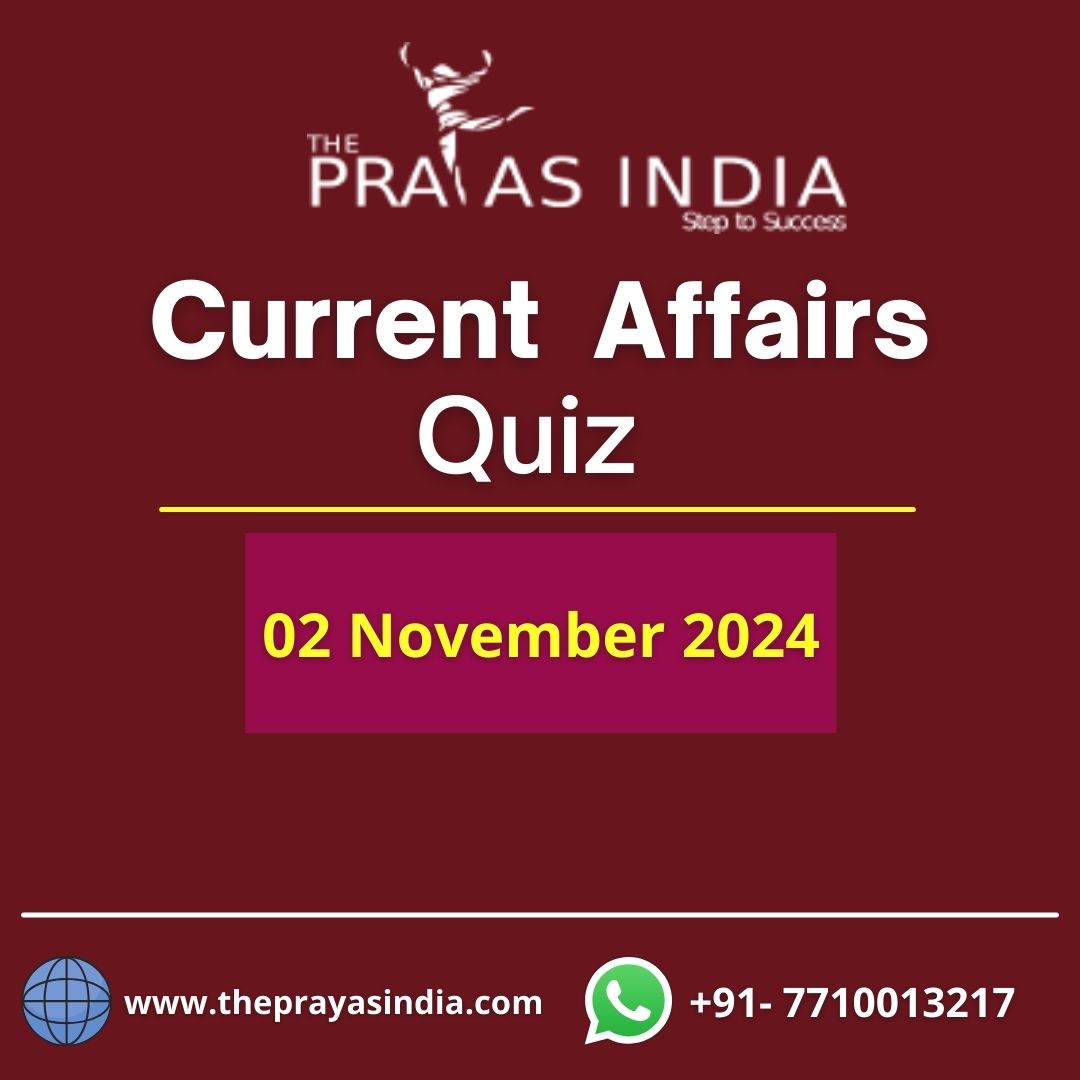Q1. For enhancing India’s Manufacturing Capabilities and Exports, the government implements Production Linked Incentive Scheme for which of the following sectors?
- Pharmaceuticals Drugs
- White Goods (ACs and LEDs)
- Toy industry
- Textiles and Apparel
- Food products
Select the correct answer code:
- 1, 2, 3, 4
- 1, 2, 4, 5
- 1, 2, 4
- 1, 2, 3, 4, 5
B – Explanation à Keeping in view India’s vision of becoming ‘Atmanirbhar’ and to enhance India’s Manufacturing Capabilities and Exports, an outlay of INR 1.97 lakh crore has been announced in Union Budget 2021-22 for PLI schemes for 13 key sectors for a period of 5 years starting from fiscal year (FY) 2021- 22.
These 13 sectors includes already existing 3 sectors named
(i) Mobile Manufacturing and Specified Electronic Components,
(ii) Critical Key Starting materials/Drug Intermediaries & Active Pharmaceutical Ingredients, and (iii) Manufacturing of Medical Devices and 10 new key sectors which have been approved by the Union Cabinet recently in November 2020.
These 10 key sectors are:
(i) Automobiles and Auto Components,
(ii) Pharmaceuticals Drugs,
(iii) Specialty Steel,
(iv) Telecom & Networking Products,
(v) Electronic/Technology Products,
(vi) White Goods (ACs and LEDs),
(vii) Food Products,
(viii) Textile Products: MMF segment and technical textiles,
(ix) High efficiency solar PV modules, and
(x) Advanced Chemistry Cell (ACC) Battery.
The Toy Association of India (TAI), that has over 500 toy manufacturers as its members, also said getting the industry under the PLI scheme was critical for its growth.
Q2. Consider the following statements regarding National Institutional Ranking Framework (NIRF):
- National Institutional Ranking Framework ranks only the centrally funded institutions such as the Indian Institutes of Technology (IITs) and central universities.
- NIRF was adopted by the Ministry of Education and is the first-ever effort by the government to rank higher education institutions (HEIs) in the country.
Which of the above statements is/are correct?
- 1 only
- 2 only
- Both 1 and 2
- Neither 1 nor 2
B – EXPLANATION:
The National Institutional Ranking Framework (NIRF) was approved by the Ministry of Education (Erstwhile Ministry of Human Resource Development) in September 2015.
It is the first-ever effort by the government to rank Higher Education Institutions (HEIs) in the country. Participation in NIRF was made compulsory for all government-run educational institutions in 2018. It ranks State-run higher education institutions (HEIs) together with centrally funded institutions such as the Indian Institutes of Technology (IITs), the Indian Institute of Science, the National Institutes of Technology, central universities, etc.
Q3. National Institute Ranking Framework (NIRF) assesses education institutions on which of the following parameters?
- Teaching, learning and resources
- Research and professional practices
- Graduation outcomes
- Outreach and inclusivity
Select the correct answer code:
- 1, 2, 3
- 1, 2
- 1, 2, 4
- 1, 2, 3, 4
D – EXPLANATION
In order to be ranked, all education institutions are assessed on five parameters: teaching, learning and resources, research and professional practices, graduation outcomes, outreach and inclusivity, and perception.
Q4. Consider the following statements.
- Majority of the dams in India were built during early 20th century.
- The ownership of dams and their maintenance predominantly falls in the purview of the States. 3. Central Water Commission (CWC) is the apex body that advise on issues of dam safety.
Which of the above statements is/are correct?
- 1, 2
- 1, 3
- 2, 3
- 1, 2, 3
C – EXPLANATION
India ranks third globally with 5,745 large dams in operation. According to the National Register of Large Dams prepared in June 2019 by the Central Dam Safety Organisation (CDSO) in the Central Water Commission (CWC), 67 dams were built prior to the 20th century and 1,039 dams during the first 70 years of the 20th century.
Even though the Central Water Commission (CWC), along with the Central Dam Safety Organisation (CDSO), has been functioning as the apex body to advise States on issues of dam safety, there is no specific Central law that governs the subject, given the situation that the ownership of dams and their maintenance predominantly falls in the purview of the States.
Q5. Consider the following statements regarding Telecom Regulatory Authority of India (TRAI):
- Telecom Regulatory Authority of India (TRAI) was established through an act of parliament. 2. One of the objectives of TRAI is to provide a fair and transparent policy environment promoting a level playing field amongst players and facilitating fair competition.
- TRAI regulates telecom services but does not have the power to fix/revise tariffs for telecom services, which is done by the Union Ministry of Finance.
Which of the above statements is/are correct?
- 2 only
- 1, 2
- 2, 3
- 1, 2, 3
B – EXPLANATION
The Telecom Regulatory Authority of India (TRAI) was, established in 1997 by an Act of Parliament, called the Telecom Regulatory Authority of India Act, 1997, to regulate telecom services, including fixation/revision of tariffs for telecom services which were earlier vested in the Central Government.
One of the main objectives of TRAI is to provide a fair and transparent policy environment which promotes a level playing field and facilitates fair competition. The TRAI Act was amended by an ordinance, effective from 24 January 2000, establishing a Telecommunications Dispute Settlement and Appellate Tribunal (TDSAT) to take over the adjudicatory and disputes functions from TRAI.
Q6. Consider the following statements regarding Essential Commodities Act.
- The Essential Commodities Act is an act of Parliament of India which was established to ensure the delivery of certain commodities or products, the supply of which if obstructed owing to hoarding or blackmarketing would affect the normal life of the people.
- The states can include new commodities as and when the need arises, and only the centre can take them off the list once the situation improves.
- The act empowers Central and State Governments concurrently to control production, supply and distribution of certain commodities when their prices rise.
Which of the above statements is/are incorrect?
- 2 only
- 2, 3
- 1, 3
- 1, 2
A – EXPLANATION
The Essential Commodities Act is an act of Parliament of India which was established to ensure the delivery of certain commodities or products, the supply of which if obstructed owing to hoarding or blackmarketing would affect the normal life of the people.
Additionally, the government can also fix the maximum retail price (MRP) of any packaged product that it declares an “essential commodity”. The Centre can include new commodities as and when the need arises, and take them off the list once the situation improves.
The act empowers Central and State Governments concurrently to control production, supply and distribution of certain commodities in view of rising pricing. When difference arise between Centre and States, the act specifies that the Centre will prevail.
Q7. Consider the following statements.
- The bulk of semiconductor manufacturing and supply capability is concentrated in countries like Taiwan, South Korea, U.S., and Japan.
- India’s Production Linked Incentive scheme provides 100% of the cost of setting up greenfield semiconductor fabs by way of fiscal support.
Which of the above statements is/are correct?
- 1 only
- 2 only
- Both 1 and 2
- Neither 1 nor 2
A – EXPLANATION
The bulk of semiconductor manufacturing and supply capability concentrated in a handful of countries including Taiwan, South Korea, U.S., Japan and, more recently, China.
Production Linked Incentive scheme intends to give only 50% of the cost of setting up at least two greenfield semiconductor fabs by way of fiscal support.
Q8. Consider the following statements.
- The Sinho Commission was constituted to recommend welfare measures for the economically weaker sections (EWS) category, including reservation.
- At present persons who are not covered under the scheme of reservation for SCs, STs and other backward classes (OBCs), and whose family has gross annual income below Rs 8 lakh, are identified as EWSs for benefit of reservation.
- The ceiling for determining EWS is the same as the limit for determining the OBC “creamy layer” for reservation.
Which of the above statements is/are correct?
- 1, 2
- 2 only
- 2, 3
- 1, 2, 3
D – EXPLANATION
The ceiling for determining EWS (Rs 8 lakh) is the same as the limit for determining the other backward classes (OBC) “creamy layer” for reservation for the children of people outside of government.
Under the 2019 notification, persons who are not covered under the scheme of reservation for SCs, STs and OBCs, and whose family has gross annual income below Rs 8 lakh, are to be identified as EWSs for benefit of reservation.
EWS reservation was granted based on the recommendations of a commission headed by Major General (retd) S R Sinho.
The Sinho Commission recommended that all below poverty line (BPL) families within the general category as notified from time to time, and also all families whose annual family income from all sources is below the taxable limit, should be identified as EBCs (economically backward classes).
Q9. Consider the following statements regarding Cooperative Societies.
- Under the Indian Constitution, Cooperatives are a concurrent subject.
- In India, there are many Cooperative societies whose members and areas of operation are spread across more than one state.
- At present the Ministry of Agriculture is responsible for administrative, legal and policy framework for strengthening the cooperative movement in India.
Which of the above statements is/are correct?
- 1, 2
- 2 only
- 2, 3
- 1, 2, 3
D – EXPLANATION
Cooperatives are a state subject, but there are many societies such as those for sugar and milk, banks, milk unions etc whose members and areas of operation are spread across more than one state.
The Ministry of Co-operation is a ministry under the Government of India which was formed in July 2021.
The ministry provides a separate administrative, legal and policy framework for strengthening the cooperative movement in the country.
Q10. Digital news media and over-the-top platforms (OTT Platforms) in India are regulated by
- Ministry of Electronics and Information Technology
- Ministry of Home Affairs
- Ministry of Information and broadcasting
- They are self-regulated
C – EXPLANATION
Digital news media and over-the-top platforms (OTT Platforms) in India are regulated by Ministry of information and broadcasting, based on the Information Technology (Guidelines for Intermediaries and Digital Media Ethics Code) Rules 2021 (Rules).




